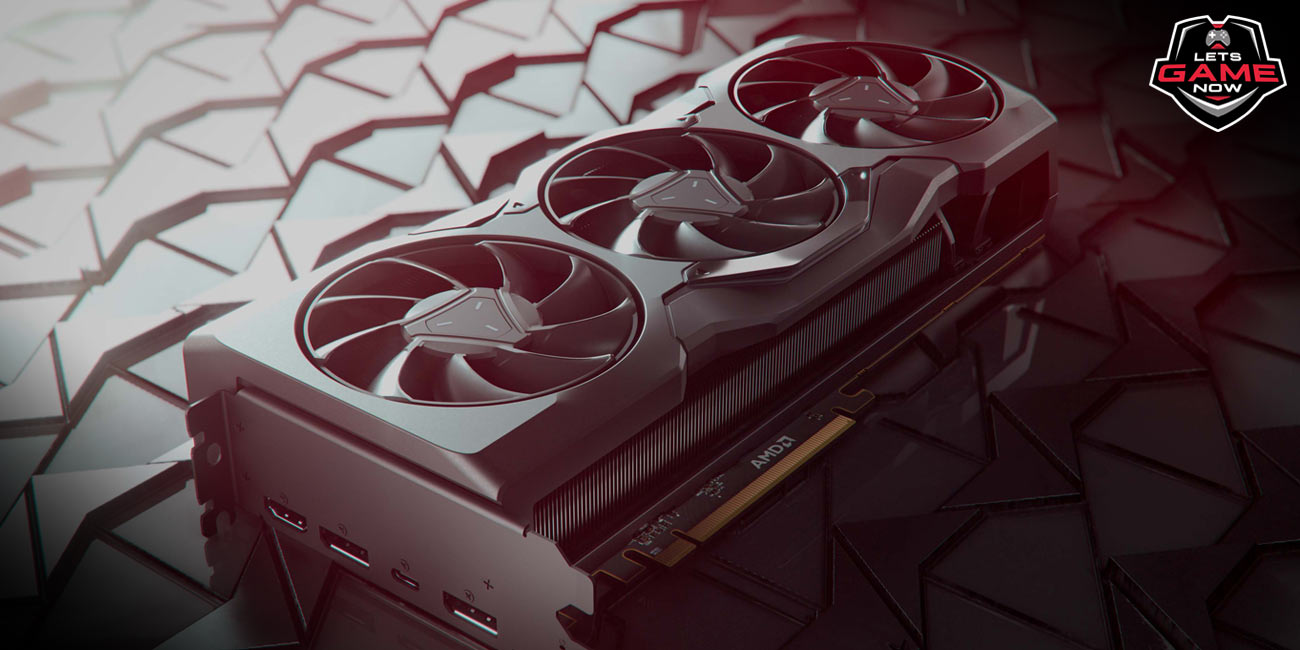


Srinanda Bhattacharyya
Nov, 04.2022
The Radeon RX 7900 XTX and Radeon RX 7900 XT graphics cards from AMD have been announced, showcasing features that may prove to be a welcome rival to Nvidia's 40 Series GPUs. These are the first two Radeon RX 7000 series graphics cards from AMD, built on the RDNA 3 microarchitecture and TSMC 5nm chiplets. Even though AMD CEO Lisu Su had hinted at the Radeon RX 7000 announcements earlier this year, the now-confirmed RX 7900 XTX and RX 7900 XT specifications and release info probably still caught people off guard.
Since DisplayPort 2.1 provides the bandwidth to handle 165Hz 8K at 12 bits per color (up from 10 bits for HDR) and enable complete gamut coverage of Rec.2020, as well as up to 480Hz in 4K, RDNA 3 and the latest GPUs add support for it. That is an increase in link bandwidth from the 20Gbps in DP 1.4a, which Nvidia's devices still use, to up to 54Gbps.
Together, DP 2.1 and AMD's new Radiance Display Engine offer simultaneous HEVC encoding and decoding at resolutions up to 8K/60p, AV1 encode acceleration, and AI-enhanced encoding using dedicated AI acceleration silicon. These features are beneficial to streamers. The architecture of RDNA 3 differs from RDNA 2 in a number of ways. It is the first GPU made of chiplets, the modular components of contemporary CPU architecture.
One benefit is that it enables AMD to use two dies with differing process sizes, in this example a 5nm graphics core and a 6nm memory cache die. As a result, it may be possible to optimize each component's performance separately, provide more power or speed where it is most useful, and finally squeeze a faster processor into the same amount of space and power as older models. As opposed to Nvidia's RTX cores, AMD can now add enhanced raytracing accelerators and dedicated AI acceleration, and it can also divorce the memory clock speeds from the compute unit clock speeds to save power consumption. AMD asserts that the GPU performs better with DirectX raytracing (DXR).
Even though AMD didn't directly compare the RX 7000 GPUs to Nvidia's 4000 series cards, it did criticize its rival. It made fun of the two 8-in power connectors found on RX 7000 cards and alluded to Nvidia's problems with the RTX 4090's 12-pin connectors melting. Support for DisplayPort 2.1, another feature missing from Nvidia's cards, was also strongly discussed.
However, the costs of AMD's RX 7000 cards are what really set them apart. The RX 7900 XTX costs $999, whereas the RX 7900 XT costs $899 instead. Even though those are not inexpensive pricing, they are still more affordable than Nvidia's most costly RTX 4000 cards by more than $500. On December 13, 2022, AMD Radeon RX 7900 XTX and RX 7900 XT will both go on sale. In the upcoming months, more AMD card announcements are to be expected.